California Maintains Obama-era Emissions Rules in Affront to Trump's EPA

California has green-lit light-vehicle pollution targets that the Trump administration has placed under review. As expected, t he Golden State is going to continue playing hardball over Environmental Protection Agency regulations.
Already critical of the automotive industry for asking the president to reconsider federal guidelines through 2025, the California Air Resources Board hinted that it wouldn’t stray from the emission targets set by the Obama administration in 2012. On Friday, CARB finalized its state emissions rules while setting an updated ordinance on zero-emission vehicles. “We’re going to press on,” said Mary Nichols, head of the board, during last week’s press conference.
The target for passenger-vehicle sales made up of fuel cell, battery, or hybridized powertrains in California is set at 15 percent by 2025 — a five-fold increase from today’s number. That’s ambitious but, according to experts, not out of the question for the Pacific Coast. Although, the Alliance of Automobile Manufacturers disagrees.
The goal will, however, put the entire state at odds with the president’s maxim of, “I am, to a large extent, an environmentalist. I believe in it. But it’s out of control.”
Trump told Automotive CEOs that they would get the leeway they needed to be successful by curbing unnecessary regulations in January. This was followed by an announcement that the EPA would undergo steep budget cuts as its new administrator, Scott Pruitt, placed the former emissions standards under review. CARB’s decision to stay the course flies in the face of everything the current administration is hoping to achieve. The board seems to have no misgivings over challenging the president or the industry that was seeking favor with him.
“What were you thinking when you threw yourselves on the mercy of the Trump administration to solve your problems?” Nichols asked during Friday’s meeting. “What did you mean when you said you don’t want to question the overall thrust of the standards? Why do another review if the current program is basically Okay?”
The head of Trump’s EPA transition team, Myron Ebell, explained to Bloomberg that the Transportation Department may decide that the National Highway Traffic Safety Administration could regulate fuel economy and exclude the EPA and California from any decision-making.
Pruitt intends to review the state’s legal authority to enforce its own limits on emissions as well.
“We tried very hard not to provoke or defy the national government and we’ve had a good past with the EPA,” Nichols told Automotive News after the hearing. “I don’t expect there to be a war on California. I was obviously disappointed when I heard Pruitt commenting that he might reconsider the California waiver.”
Nine other states, including New York, have promised to adopt California’s targets. However, according to IHS Markit, zero-emission vehicles amounted to less than one percent of new car sales in those nine states throughout 2016.

A staunch consumer advocate tracking industry trends and regulation. Before joining TTAC, Matt spent a decade working for marketing and research firms based in NYC. Clients included several of the world’s largest automakers, global tire brands, and aftermarket part suppliers. Dissatisfied with the corporate world and resentful of having to wear suits everyday, he pivoted to writing about cars. Since then, that man has become an ardent supporter of the right-to-repair movement, been interviewed on the auto industry by national radio broadcasts, driven more rental cars than anyone ever should, participated in amateur rallying events, and received the requisite minimum training as sanctioned by the SCCA. Handy with a wrench, Matt grew up surrounded by Detroit auto workers and managed to get a pizza delivery job before he was legally eligible. He later found himself driving box trucks through Manhattan, guaranteeing future sympathy for actual truckers. He continues to conduct research pertaining to the automotive sector as an independent contractor and has since moved back to his native Michigan, closer to where the cars are born. A contrarian, Matt claims to prefer understeer — stating that front and all-wheel drive vehicles cater best to his driving style.
More by Matt Posky
Latest Car Reviews
Read moreLatest Product Reviews
Read moreRecent Comments
- Corey Lewis It's not competitive against others in the class, as my review discussed. https://www.thetruthaboutcars.com/cars/chevrolet/rental-review-the-2023-chevrolet-malibu-last-domestic-midsize-standing-44502760
- Turbo Is Black Magic My wife had one of these back in 06, did a ton of work to it… supercharger, full exhaust, full suspension.. it was a blast to drive even though it was still hilariously slow. Great for drive in nights, open the hatch fold the seats flat and just relax.Also this thing is a great example of how far we have come in crash safety even since just 2005… go look at these old crash tests now and I cringe at what a modern electric tank would do to this thing.
- MaintenanceCosts Whenever the topic of the xB comes up…Me: "The style is fun. The combination of the box shape and the aggressive detailing is very JDM."Wife: "Those are ghetto."Me: "They're smaller than a Corolla outside and have the space of a RAV4 inside."Wife: "Those are ghetto."Me: "They're kind of fun to drive with a stick."Wife: "Those are ghetto."It's one of a few cars (including its fellow box, the Ford Flex) on which we will just never see eye to eye.
- Oberkanone The alternative is a more expensive SUV. Yes, it will be missed.
- Ajla I did like this one.



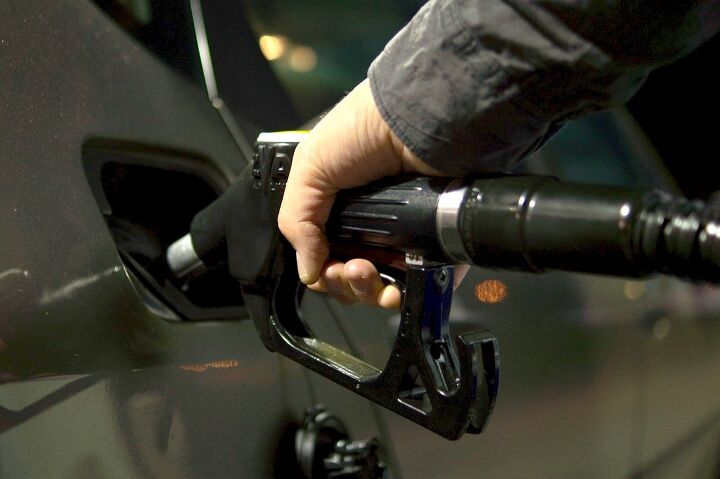















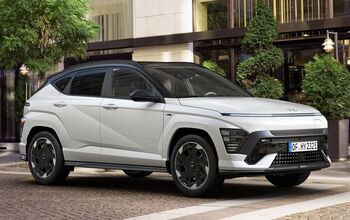
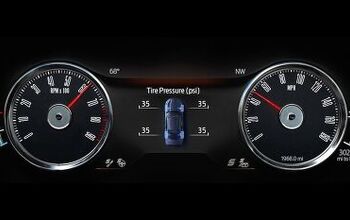
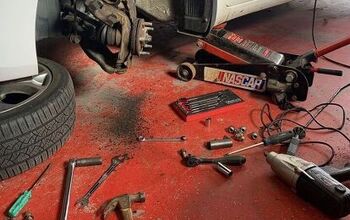
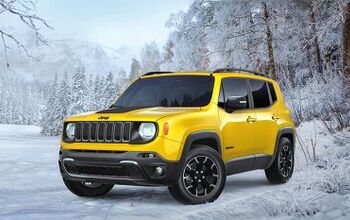
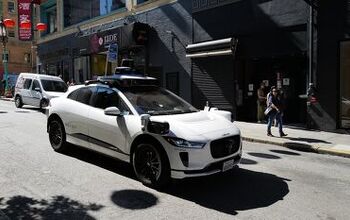
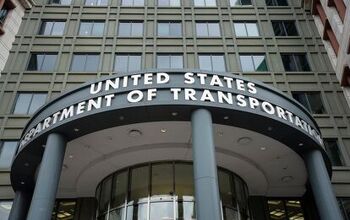
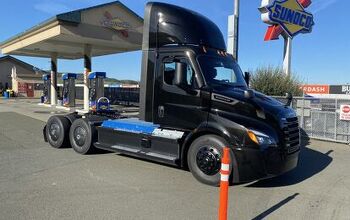

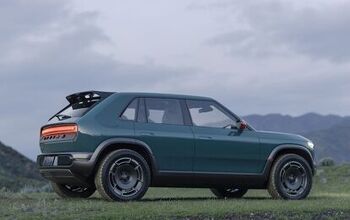
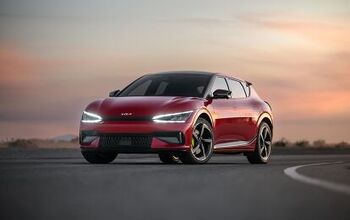
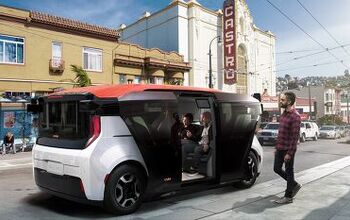
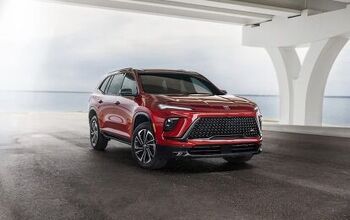
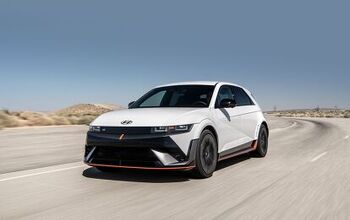
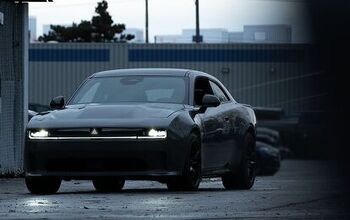
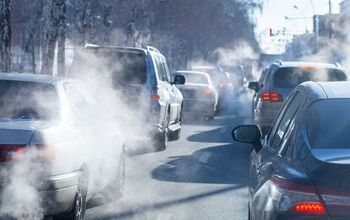
Comments
Join the conversation
California is not compatible with these United States. It needs to secede from the Union, and maybe take Oregon and Washington with it. But they want to do that anyway: http://www.businessinsider.com/calexit-california-versus-texas-texit-2017-2 http://www.cnbc.com/2017/01/27/california-succession-movement-starts-gathering-petition-signatures.html And Oregon: http://www.huffingtonpost.com/news/oregon-secession/ And Washington: https://en.wikipedia.org/wiki/Cascadia_(independence_movement) Problem Solved. Good riddance. Let's get America back to being America again, and not a pseudo socialist Euro-style republic... ====================
It is ridiculous to talk about secession. This discussion should include California and an agreement should be reached to have uniform safety, emission, and efficiency standards that can be obtained in a reasonable amount of time without too great a cost. The automobile industry is already working on making more efficient and safer vehicles. It seems to me that auto engineers should be included with Federal and State agencies to determine a 50 state uniform standards which would benefit the automotive industry in that they would not have to comply with different standards for the states along with different Federal standards. There should be Global standards. A major issue is the manufacturers complying with different standards and designing and manufacturing Global vehicles to meet all those standards. The first step should be extending the 2025 deadline and then having meetings with the auto manufacturing industry and the governmental agencies both Federal and State. It costs the manufacturers more to meet the all the different standards than uniform standards--much more efficient an easier to budget for. Clean air is one factor but having obtainable standards that do not break the industry and the consumer. It doesn't do any good to have unobtainable standards that cause customers to hold on to their vehicles longer because they cannot afford to buy newer vehicles.